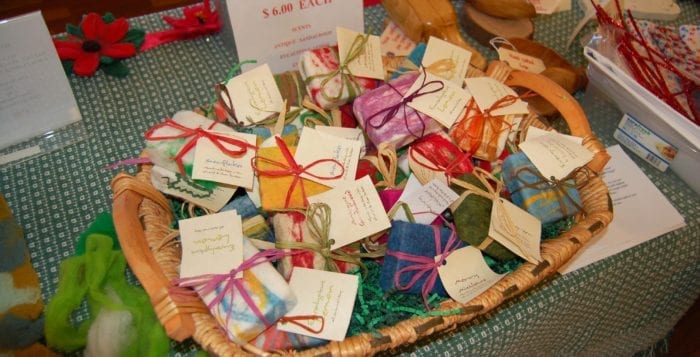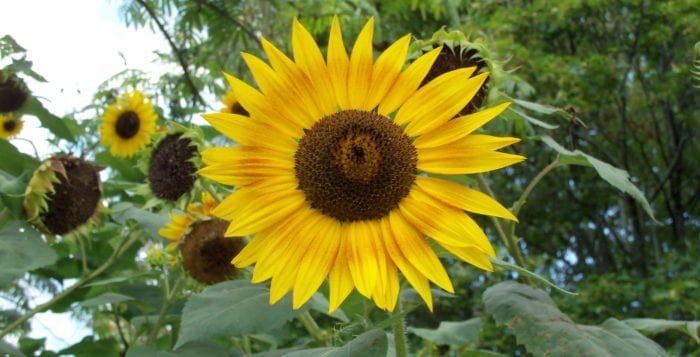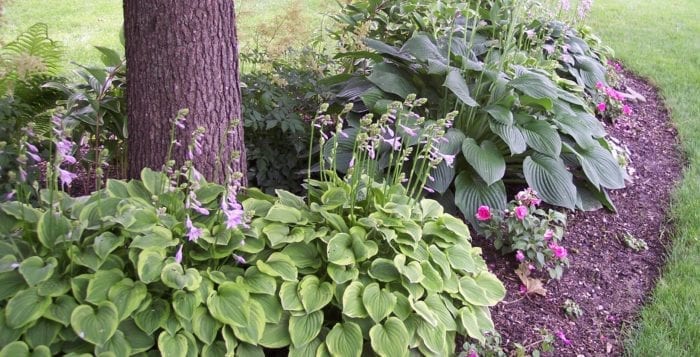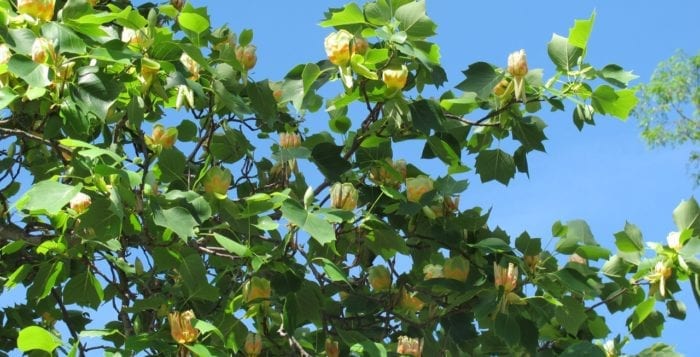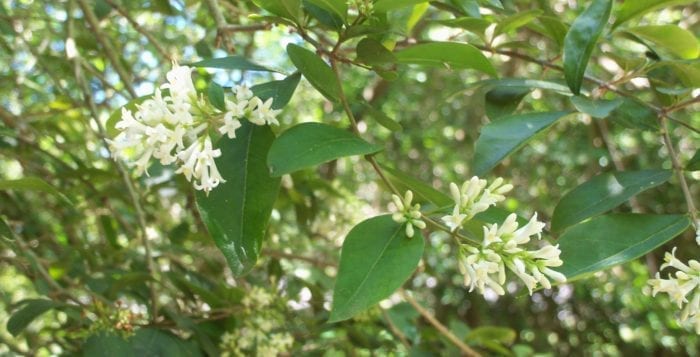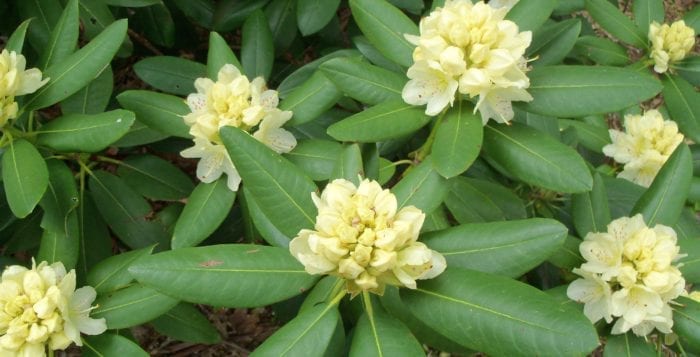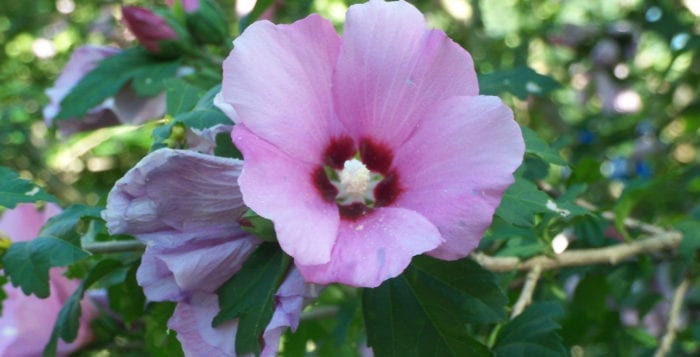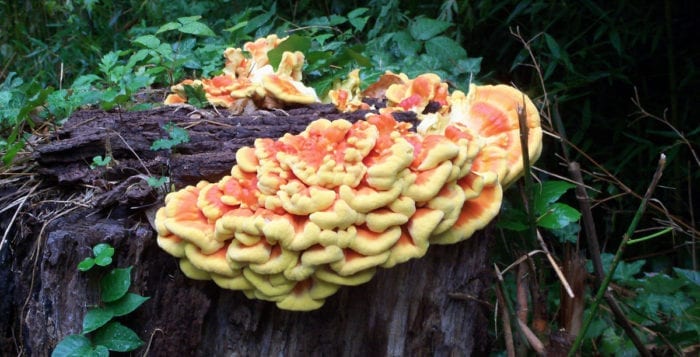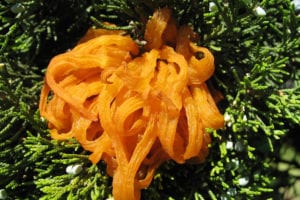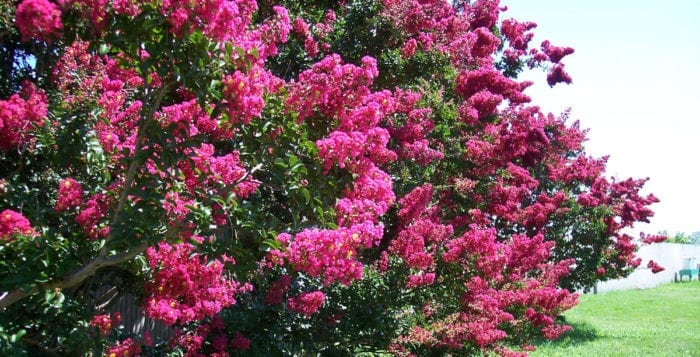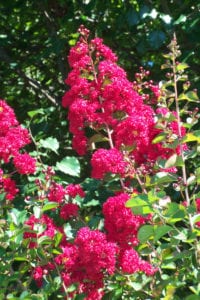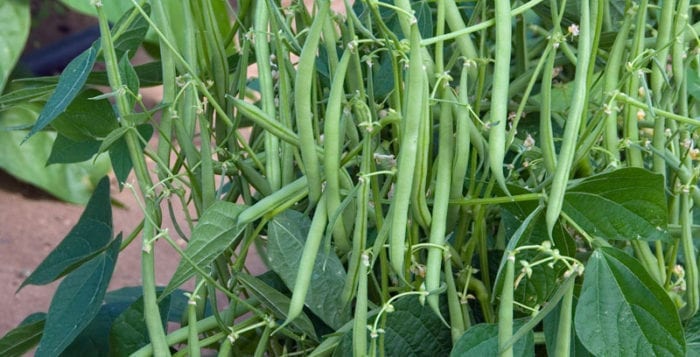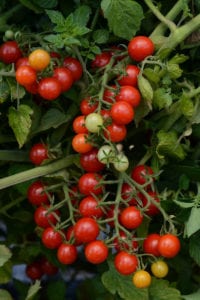By Ellen Barcel
It will soon be time to select holiday presents for the gardener on your list. Of course, a gift certificate to a local nursery or gardening catalog or an amaryllis bulb (some even coated with wax for minimum care) are great gifts, but consider some more unique ones. If you’re looking for a number of small gifts, such as for stocking stuffers, here are a few suggestions.
One of my favorite periodicals is the Old Farmer’s Almanac. Published annually since 1792 this (2017) is the 225th issue. It’s funny, it’s serious, it’s filled with great information and unique advertising. Expect weather forecasts for the coming year (they claim 80 percent historical accuracy), recipes, calendar information and, yes, gardening information. In other words, everything that the farmer (yesteryear’s and today’s) could find useful. The reader will pick it up again and again throughout the year to uncover added info.
At just $6.99 it’s very affordable and perfect for that gardener’s holiday stocking. Note that the company also publishes several cookbooks, an almanac for kids and a History of the Old Farmer’s Almanac. Check out the magazine section of your local store or go to www.almanac.com for details.

In general, house plants are much smaller than “outdoor” plants (shrubs and trees). As a result, typical tools for the indoor gardener need to be much smaller to fit into the small houseplant containers. A set of these tiny tools makes a lovely stocking stuffer for the indoor gardener on your list. A package of plant food for indoor plants is also nice.
Scented candles remind the gardener of the past growing season. They come in a wide variety of scents including mint (frequently Christmas candles), apple cinnamon, floral and even thyme. Botanical soaps (lavender, rose, gardenia, etc.) are another option.
Varietal honey is another lovely gift. I particularly like buckwheat with its stronger flavor, but clover, wildflower, orange blossom, blueberry and sage are just a few of the many available. Bees that gather pollen from fields of these flowers then impart the subtle taste to their honey production.
We all know that gardeners should wear gardening gloves, but we also know that many times we forget. So the hands take a beating. Consider super strength hand repair creams (O’Keefe’s Working Hands, Miracle Hand Repair, Burt’s Bees Hand Repair with Shea Butter, etc. are all possibilities). A nail brush to remove the soil from under the fingernails is also a possibility.
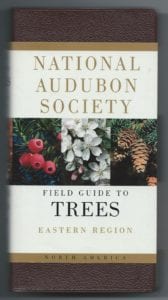
Membership in a horticultural society isn’t expensive, supports the good work they do, and usually comes with a newsletter or magazine. Suggestions include the Arbor Day Foundation, the American Chestnut Foundation, the American Horticultural Society, African Violet Society, American Rhododendron Society, American Fern Society, Holly Society of America, Long Island Botanical Society, etc.
If your gardener has a rock garden, consider tiny statuary, including fairy doors and other fairy pieces. Kids are not the only ones who enjoy these cute little pieces.
Another option is any of the National Audubon Society’s field guides (Trees, Mushrooms, Wildflowers, etc.). They are compact (easy to carry in a small backpack), detailed and filled with color photos making them extremely useful. Go to www.audubon.org for a complete list and details.
Remember that during December there are many craft fairs that have all sorts of gardening-related gifts including some of the above suggestions. Happy Holidays!
Ellen Barcel is a freelance writer and master gardener. To reach Cornell Cooperative Extension and its Master Gardener program, call 631-727-7850.

